|
The Menstrual Brooch Project
The #menstrualbroochproject seeks to spark conversation about periods with ubiquitous and gender-neutral adornment. The text beneath reveals just a few facets of stigma that uterus-havers face. Crazy—Menstruators are told they’re crazy, and wait years (on average) to receive medical care for common issues. Dirty—Menstruators across the globe are denied resources for basic period hygiene, yet the public health concern remains taboo and shameful. Bitch—Menstruators are assumed to be female, and thus subject to misogyny. Not all menstruators are women, and not all women menstruate. The Menstrual Brooch Project has been exhibited in Minneapolis and Tampa in 2019, and proceeds from the brooches were gifted to local Planned Parenthood chapters with the request to support menstrual care.
0 Comments
Poems on Plates. Unglazed, low-fire clay, charcoal, soil, heritage seeds from the Lewistown Art Center, original poetry. 28 day duration. The Menstrual Cup Project was a craftivist performance work that offered red, alcoholic shots in cast-ceramic menstrual cups. Cups were emblazoned with fact-based, ungendered information about menstruation such as: trans men menstruate too, the average cost of menstrual supplies in a lifetime is $3000 USD, elephant shrews menstruate, menstrual fluid is not just blood, menstrual fluid is non-toxic, intersex folks menstruate, etc.
Limited edition cups with gold luster were sold and proceeds purchased underwear for unhoused menstruators in Montreal and Portland, OR. |
few years ago, I said that I would only make one artwork a year, and I'm already a year behind!
ArchivesCategories |
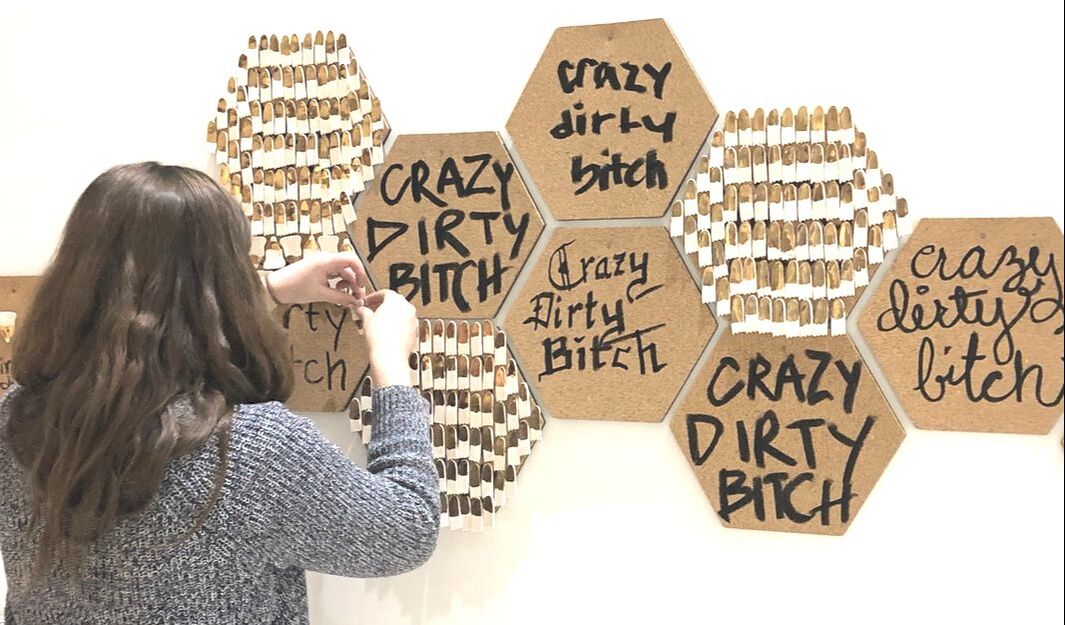
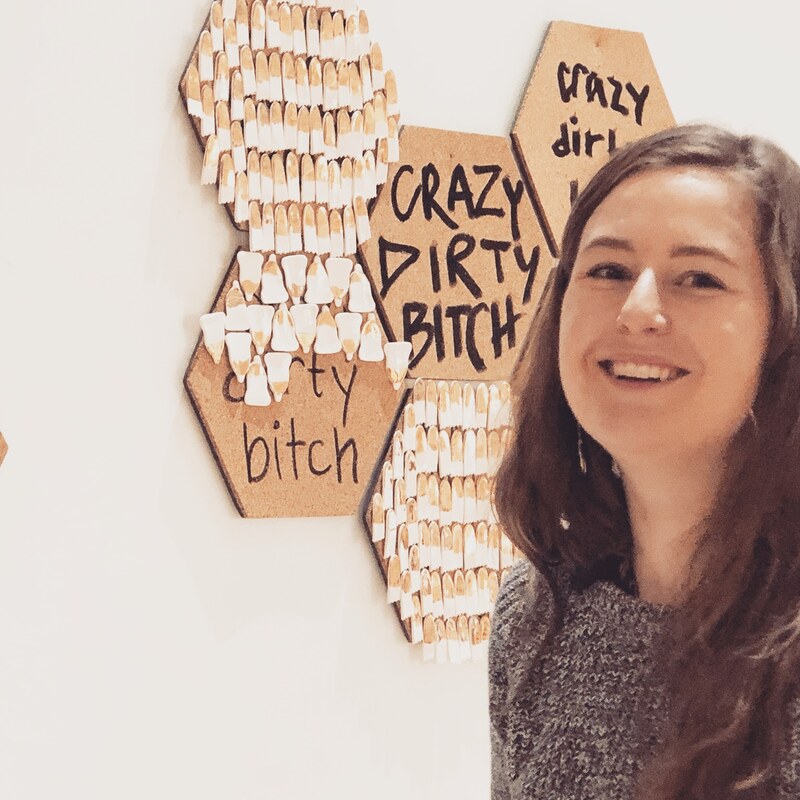
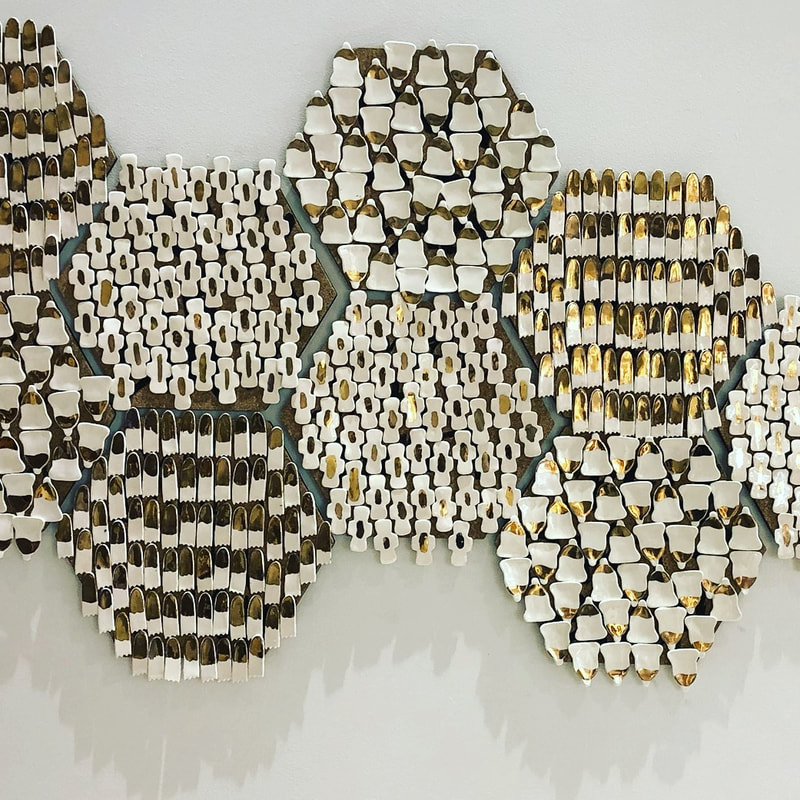
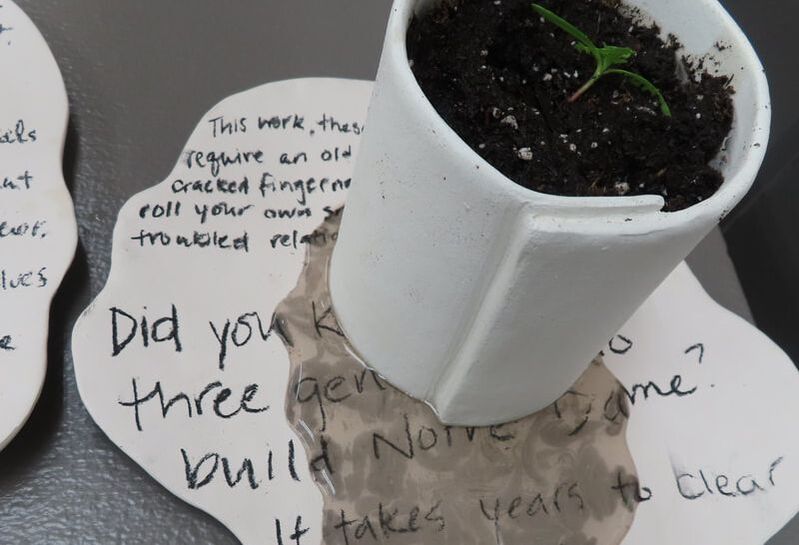
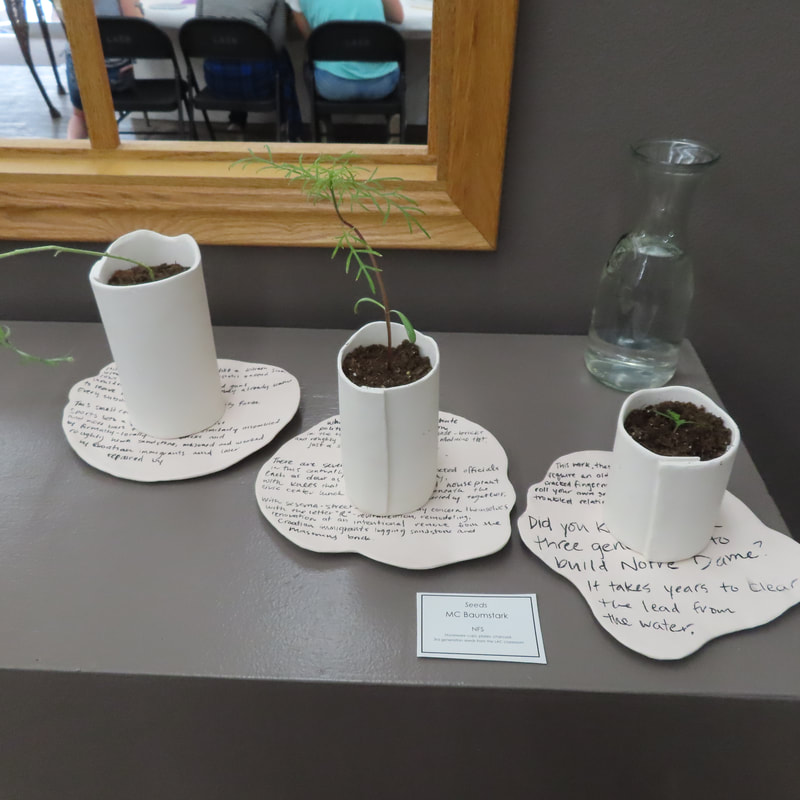
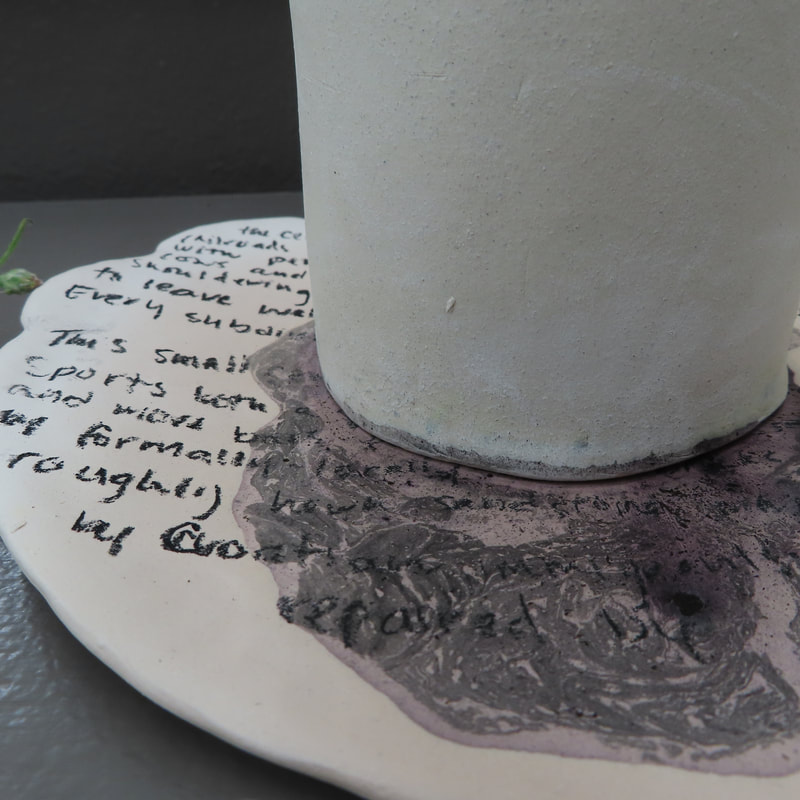
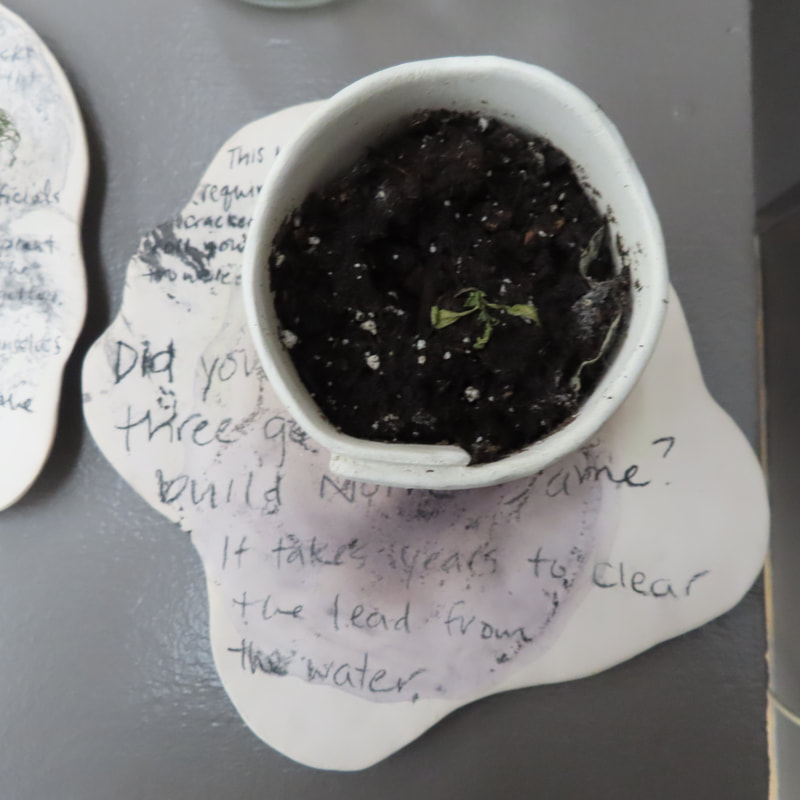
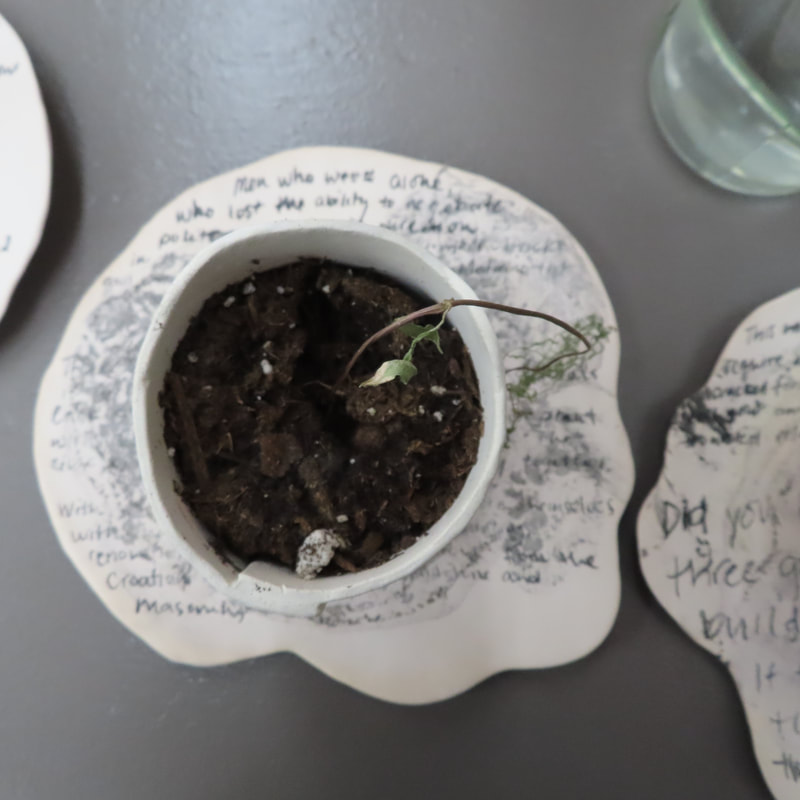
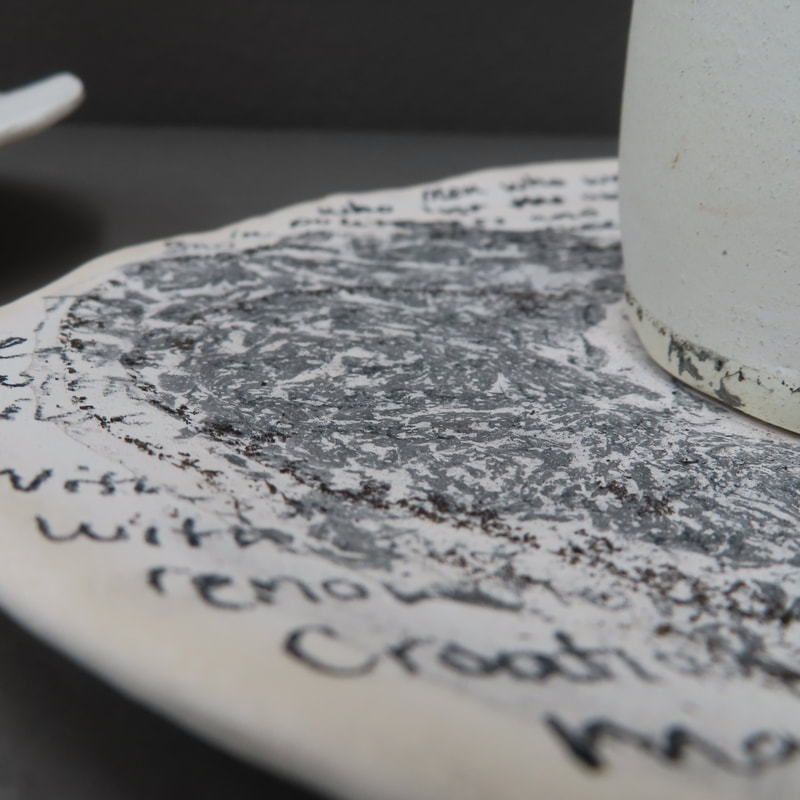
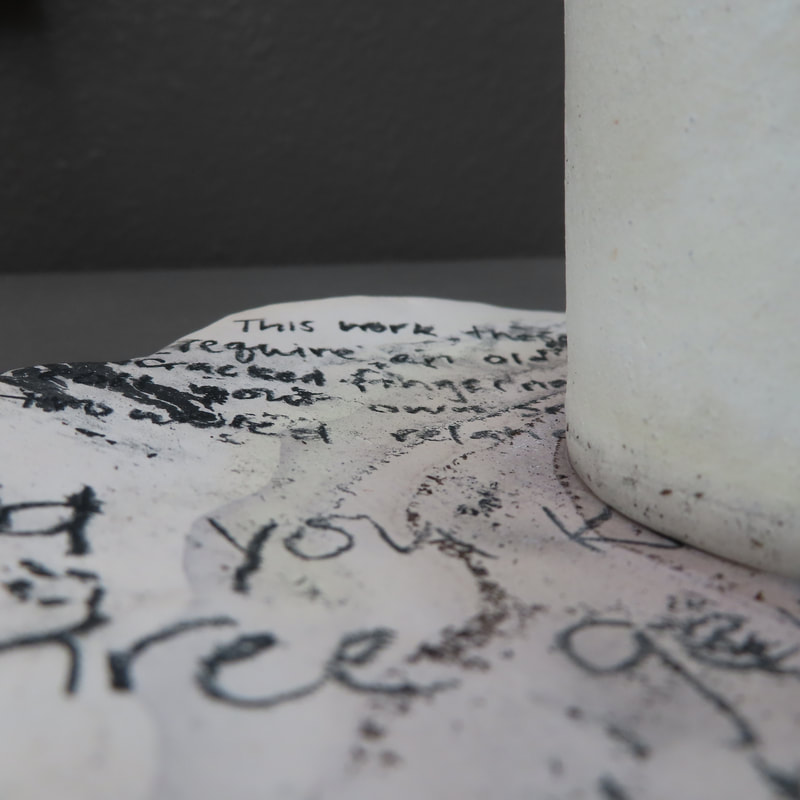
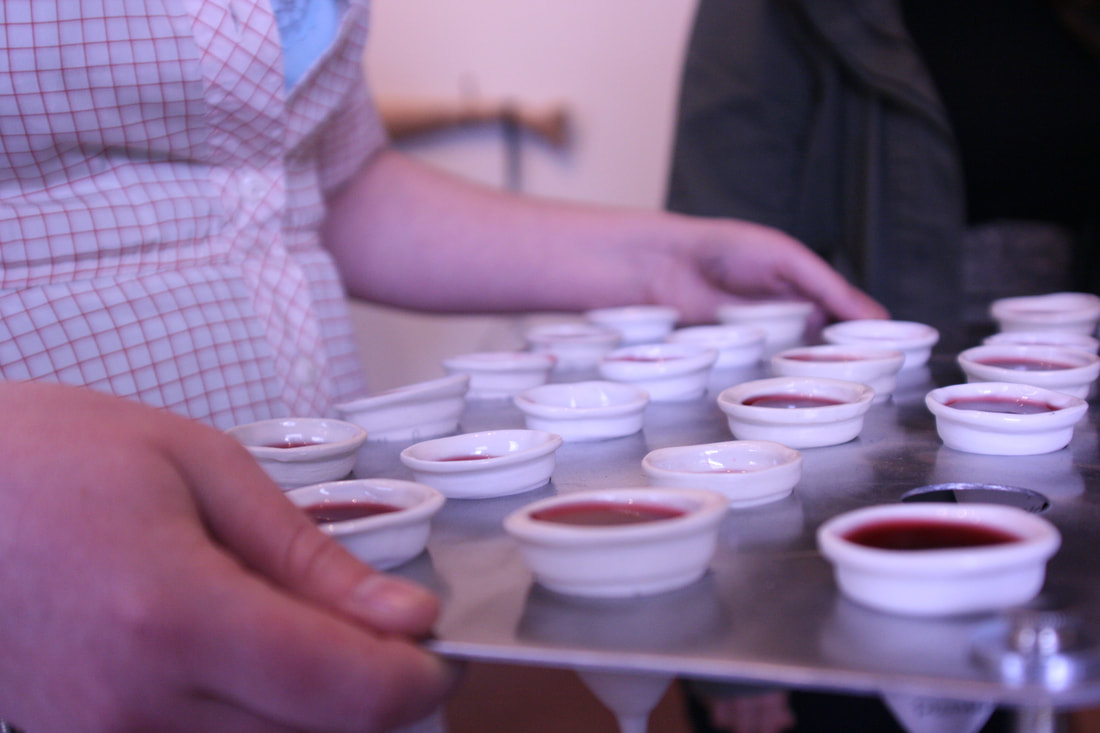


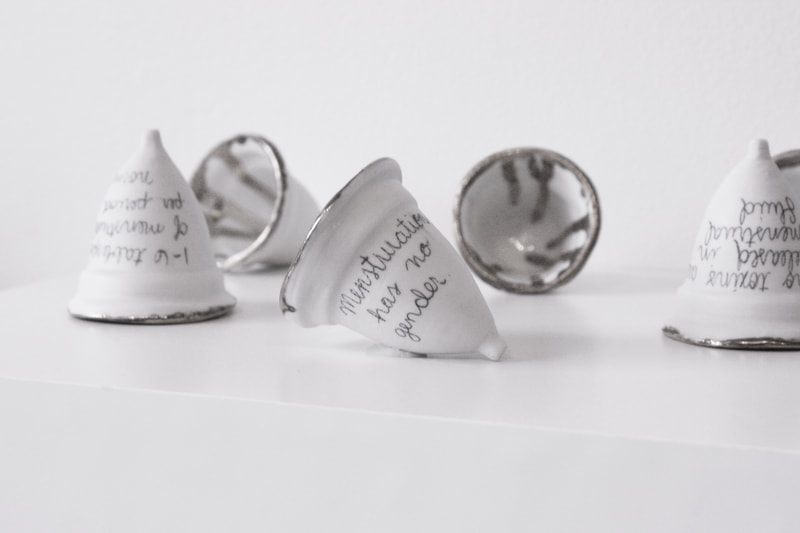
 RSS Feed
RSS Feed
